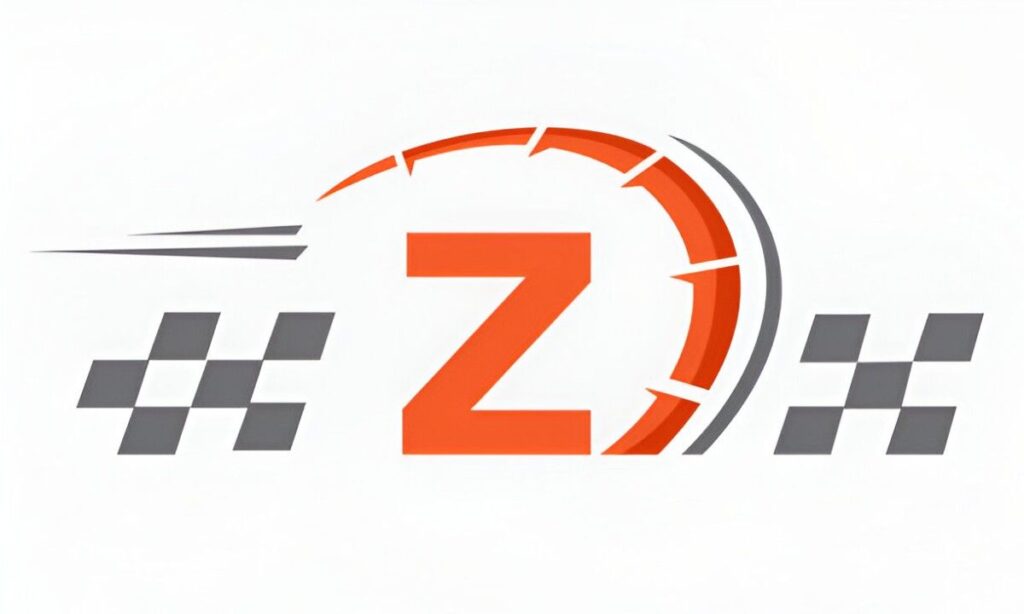Financial intermediation is the backbone of modern economies. I see it as the silent force that connects savers with borrowers, investors with opportunities, and businesses with capital. Without intermediaries, financial markets would be chaotic, inefficient, and inaccessible to most people. In this article, I explore the mechanics of financial intermediation, its key players, and the mathematical models that explain its role in economic growth.
Table of Contents
What Is Financial Intermediation?
Financial intermediation occurs when an institution stands between two parties to facilitate a transaction. Banks, credit unions, investment firms, and even peer-to-peer lending platforms act as intermediaries. They reduce risk, lower costs, and improve liquidity in the market.
The Basic Flow of Intermediation
Consider a simple example:
- Savers deposit money in a bank.
- The bank lends these funds to businesses or individuals.
- Borrowers repay with interest, and the bank shares part of this return with depositors.
This cycle keeps money moving efficiently. Without banks, a saver would struggle to find a trustworthy borrower, and a borrower might not locate enough lenders.
Key Players in Financial Intermediation
Not all intermediaries function the same way. Below is a comparison of major financial intermediaries in the U.S.:
| Intermediary | Primary Role | Example |
|---|---|---|
| Commercial Banks | Accept deposits, provide loans | JPMorgan Chase, Bank of America |
| Credit Unions | Member-owned, nonprofit lending | Navy Federal Credit Union |
| Investment Banks | Facilitate large-scale transactions | Goldman Sachs, Morgan Stanley |
| Insurance Companies | Pool risk and invest premiums | State Farm, Allstate |
| Mutual Funds | Aggregate investor capital | Vanguard, Fidelity |
Each plays a unique role in maintaining financial stability.
The Mathematics Behind Intermediation
Financial intermediaries rely on mathematical models to price risk, determine interest rates, and manage liquidity. Let’s break down some key formulas.
Interest Rate Determination
Banks set interest rates based on risk and time value of money. The Fisher Equation explains nominal interest rates (i) as:
i = r + \piWhere:
- r = real interest rate
- \pi = expected inflation
If inflation is 3% and the bank wants a 2% real return, the nominal rate becomes:
i = 2\% + 3\% = 5\%Liquidity Management
Banks must balance reserves and loans. The reserve ratio (RR) dictates how much they can lend:
RR = \frac{\text{Reserves}}{\text{Deposits}}If the Federal Reserve requires a 10% reserve ratio and a bank has $1 million in deposits, it must hold $100,000 in reserves and can lend $900,000.
Risks in Financial Intermediation
Intermediaries face multiple risks:
- Credit Risk – Borrowers defaulting on loans.
- Liquidity Risk – Inability to meet withdrawal demands.
- Interest Rate Risk – Mismatch between asset and liability durations.
Measuring Credit Risk
The probability of default (PD) and loss given default (LGD) help estimate expected loss (EL):
EL = PD \times LGD \times EADWhere:
- EAD = Exposure at Default
If a bank lends $100,000 with a 5% PD and 40% LGD, the expected loss is:
EL = 0.05 \times 0.40 \times 100,000 = \$2,000The Role of Regulation
The 2008 financial crisis showed how unchecked intermediation can destabilize economies. The U.S. responded with:
- Dodd-Frank Act – Increased capital requirements.
- Basel III – Strengthened global banking standards.
These regulations ensure intermediaries maintain sufficient capital buffers.
The Future of Financial Intermediation
Technology is reshaping intermediation. Fintech firms like PayPal and Robinhood bypass traditional banks, offering faster, cheaper services. Decentralized finance (DeFi) uses blockchain to eliminate intermediaries entirely.
Pros and Cons of Disintermediation
| Aspect | Traditional Intermediation | Disintermediation (DeFi) |
|---|---|---|
| Speed | Slower due to compliance | Near-instant transactions |
| Security | Insured deposits (FDIC) | Vulnerable to hacks |
| Accessibility | Requires credit checks | Open to anyone online |
While disintermediation offers efficiency, it lacks the safeguards of traditional systems.
Conclusion
Financial intermediation is a complex yet essential mechanism. It bridges gaps in the economy, manages risk, and fuels growth. Understanding its inner workings helps investors, policymakers, and everyday consumers make better financial decisions. As technology evolves, so will intermediation—balancing innovation with stability will be the next challenge.





